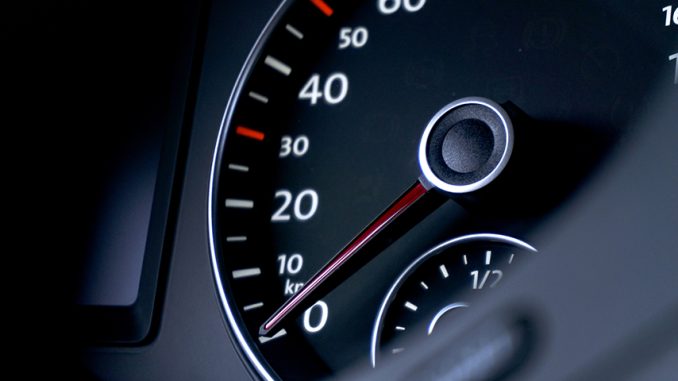
Telematics revolutions in the realm of car insurance are changing how insurers judge risk and hence set premiums. In the past car insurance bills have been influenced by factors like age and driving record, as well as the type of car you drive. Novel elements of premium calculation, however, begin to appear only with the advent of telematics. This is a set of technologies which use GPS – based positioning and car diagnostics to measure driving. As this article showed, telematics pricing in auto insurance policy premiums What it means for drivers
What is Telematics?
Telematics is the confluence of telecommunications and so-called intelligent traffic systems in vehicles. With equipment installed in cars or smartphone apps, telematics systems report on all sorts of driver data-how fast you’re accelerating, when (and where), through how many switchbacks (but at what speed) and so forth–which they send back to insurance companies in order that these might provide such an accurate portrait of your (actual) driving habits- Personalized Prices: with telematics systems, insurers can offer policy better tailored to each person actually how they drive rather just relying on standardized statistical aggregates such as audience. Older Style Hardware: Older types of telematics kits come as on-board units, which are only compatible with certain cars. In practice they often require professional installing at a dealership and third-party supplier for software expertise; the hardware can be expensive enough, but in some cases those costs are more than doubled.
How Telematics Affects Car Insurance Premiums
Usage-Based Insurance (UBI) Monitoring user behavior: Based on this car insurance companies are looking at each customer’s driving record, but using telematics information helps them make even more accurate assessments. It therefore matters not whether you were late for work one day because there had been a lonely baby squirrel in your path; insurers will soon be able to assess just how responsibly. The specific insurance premium that a drive merits, Third-party supplies enabling older hardware devices compatible with any car The On-board Unit (OBU) era (pre telematics) In the past, actuaries used to fix
Incentives for Safe Driving: With telematics data many insurance companies give bonuses to good drivers. They increasingly offer rebates for better term insurance quotes. Even small office vehicle.cnceleration In addition this not only encourages policyholders to drive more carefully but as time goes by could potentially mean fewer accidents.
Usage-Based Insurance (UBI):
Telematics pave the way for insurance models that take driver usage into account. Drivers pay a certain amount to cover a specific period of use, instead of paying an annual premium which may be unsustainable if not necessary for them.
For the people who drive a relatively short distance, or drive only during off hours, the policy offers them substantial savings.
Risk Assessment And Claims:
Telematics data may provide insurers with more precise evaluations of risk. Following after an accident, information about how each participant in the crash was driving should be supplied to all drivers involved as a matter of course, to help determine who-at fault. In addition, in the long run it could lead to quicker settlement of lays and claims. This will mean prompter, fairer payment.
Behavioral Insights:
From telematics data, insurance firms can extract information about typical traffic–which could be used to gauge potential hazards for old methods based strictly on annual assessments alone. Like the case of frequent hard braking and excessive speeding (both becoming increasingly conspicuous) only three or four fell short in comparison to what several dozen have accomplished together this year: now that’s true profit from manpower utilization.
Benefits for Drivers
Potential Cost Savings: By practicing safer driving methods and monitoring their own driving behavior, motorists might in theory see their insurance rates falling. This is particularly good news for young or inexperienced drivers who are likely to pay higher premiums otherwise.
Greater Transparency: Telematics show how driving habits impact the cost of insurance. The driver sees instantly what his actions mean for rates and can adjust accordingly.
Improved Safety: The data offered by telematics systems helps drivers to notice their own driving habits and thus improve the overall safety on roads. That benefits both the driver and road safety in general.
Considerations And Challenges
Privacy Concerns: There are drivers who worry that letting insurance companies see their driving history gives those companies access not only to what’s going on now but also all past records of everything they did up for years in the future. Insurers will need to ease people’s fears about this and provide safeguards protecting one’s personal information.
Fitting Technology: Although installation of telematics is becoming more widespread, many drivers are unfamiliar with the technology and don’t feel easy about such a change. Therefore, pilots must give clear guidance and support which enables people to appreciate both the aesthetics and the usefulness of telematics.
Variable Effect: The effect of telematics on premiums depends on your driving behavior, and the policies of different insurers. Drivers need to comparison shop and learn how data will be treated under any particular policy before purchasing one.
Conclusion
The car insurance industry is being turned upside down by Telematics. Telematics represents a more advanced, data-driven approach to assessing risk and pricing policies. This means that individuals have the opportunity only than ever before to pay premiums congruent with their actual driving behavior; overall there is greater transparency in the entire insurance set-up; and
If telematics is to maintain this rapid rate of development, then its importance in future car insurance will definitely become even more significant.
Leave a Reply